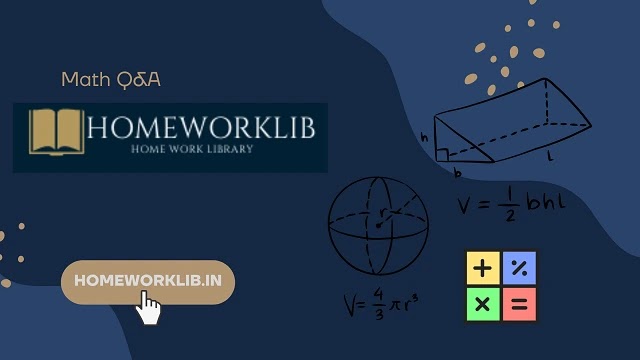Homeworklib Q&A #1085 - Complete the truth table and determine whether or not ∼(p∧q
Complete the truth table and determine whether or not
∼(p∧q)≡∼p∨∼q
Are the two statements equivalent?
A. No, the rows are not identical.
B. Yes, the columns are identical.
C. No, the columns are not identical.
D. Yes, the rows are identical.
Homeworklib Always Helps You
If you want answers to questions about any subject then you have come to the right place to get free study material because here you will not only get answers but also information about many other such courses, study material, book guides, career guides, courses, and college guides their entire library for free.
You can see answers to many questions on all these topics.
#Chemistry, #Biology, #Math, #Physics, #ElectriaclEngineering, #CivilEngineering, #MechnicalEngineering, #ChemicalEngineering, #Accounting, #Business, #Nursing, #ComputerScience, #EarthScience, #English, #History
So now you can easily ask all subjects questions by filling out the form below to get free Answers, this service is speedy and free on Homeworklib.in
How to get free answer questions for all subjects from Homeworklib?
Homeworklib will give you answers to all kinds of subject questions from our social networks like Telegram, Email address, Whatsapp group, Facebook, and Instagram.
You can also send us your questions through our google form which is given below link.
Submit More Question Link
Homeworklib Your Answer
1 General guidance
The answer provided below has been developed in a clear step by step manner.
2 Step By Step
Step 1
Consider the given statements:
Explanation
- p ⋀ q is true only if both p and q are true, otherwise false.
- p ⋁ q is false only if both p and q are false, otherwise true.
- p → q is false only when p is true and q is false, otherwise true.
- p ↔ q is true if both p and q are true and also both are false, otherwise false.
- If p is true then ¬p false and vice versa
Step 2
Explanation
Please refer to solution in this step.
3 Answer


%20=%20(6%20-%20n)%5Bu(n)%20-%20u(n-6).webp)










0 Comments
Please do not enter any spam link in the comment box.
Thank You